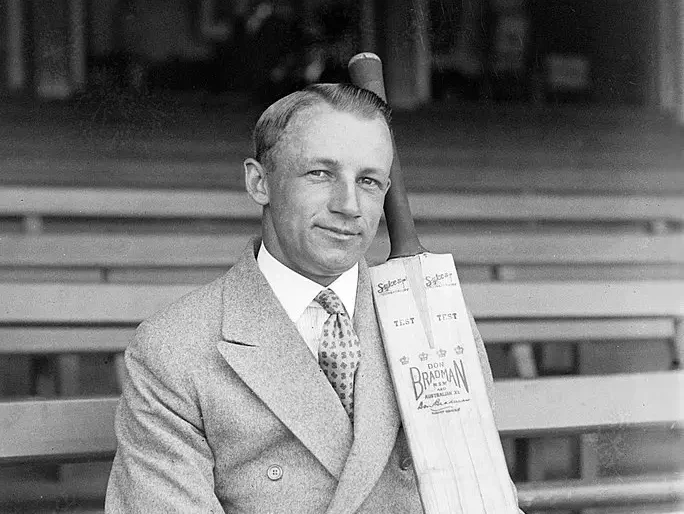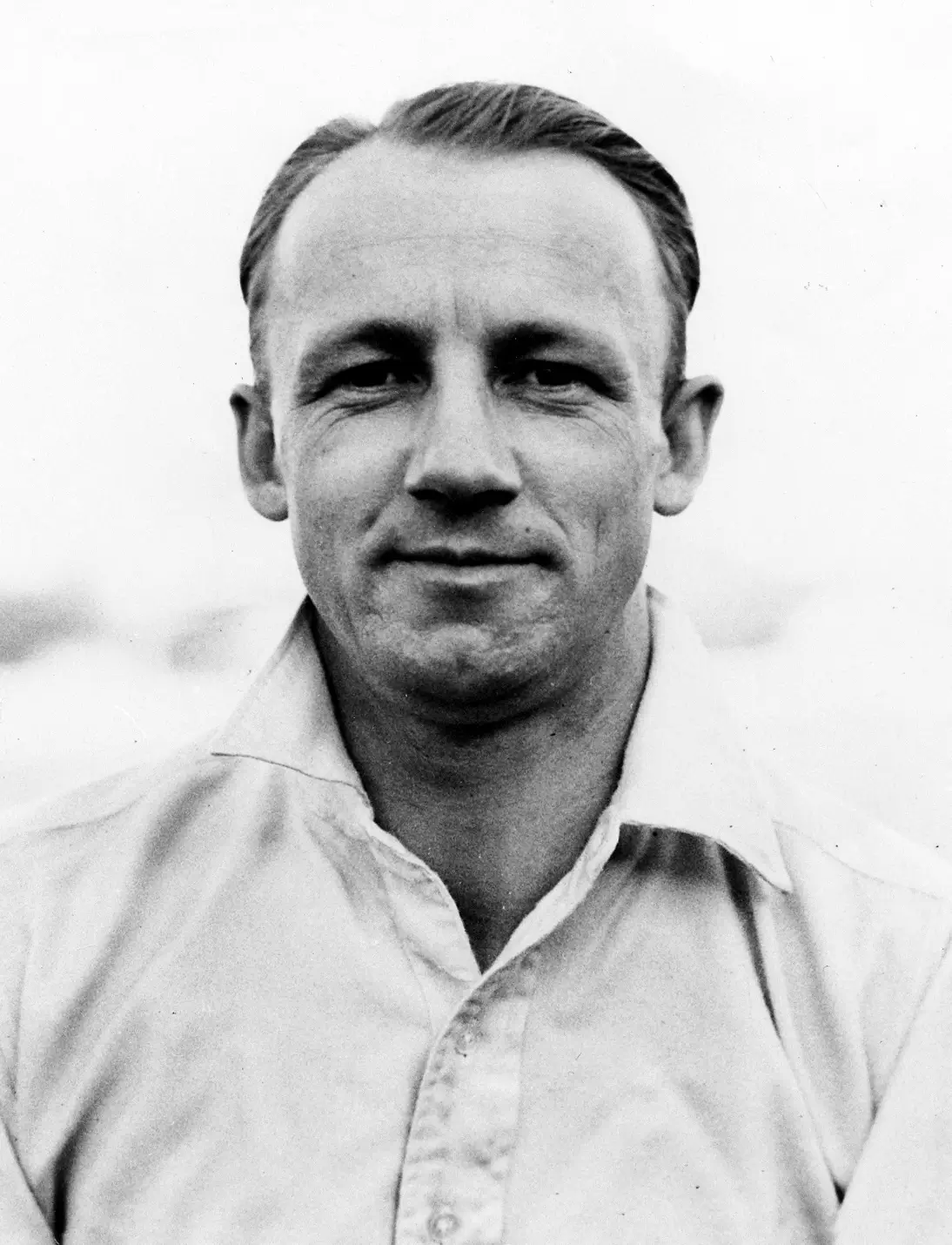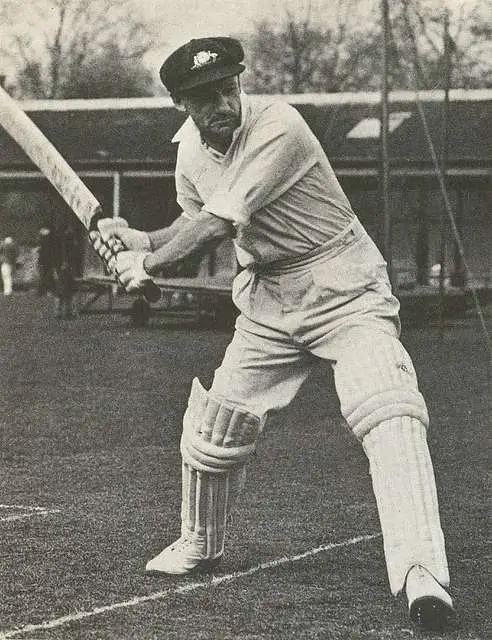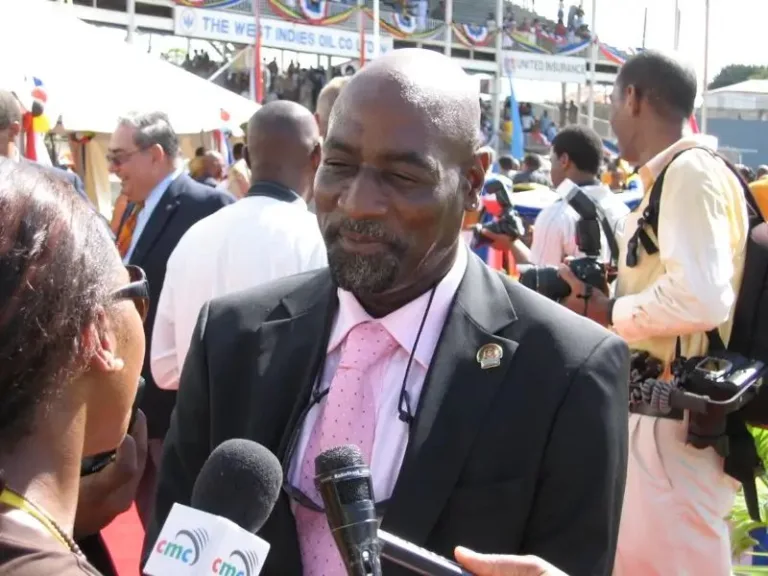Don Bradman Biography: Records, Career, Stats, and Why He’s the Greatest Cricketer in History

When it comes to cricket legends, one name that echoes across every generation is Sir Donald Bradman. Widely regarded as the greatest cricketer in history, Bradman wasn’t just a batsman—he was a phenomenon who transformed the sport forever. With a staggering Test average of 99.94, his records remain untouchable even after more than eight decades.
In this detailed Don Bradman biography, we’ll explore his early life, rise to fame, career milestones, world records, and the enduring legacy that makes him “The Don” of world cricket.
Table of Contents
Early Life and Background of Don Bradman
Sir Donald George Bradman was born on 27 August 1908 in Cootamundra, New South Wales, Australia. From a very young age, he showed an exceptional fascination with cricket. Using nothing but a cricket stump and a golf ball against a water tank in his backyard, Bradman developed razor-sharp reflexes and immaculate timing — qualities that would later define his greatness on the field.
His family moved to Bowral when he was a child, where he began playing for local teams and scoring centuries against much older players. By his teenage years, he was already breaking local records. His natural hand-eye coordination and mental toughness set him apart, and when he made his first-class debut for New South Wales in 1927, Australia had discovered a once-in-a-century talent.
Rise to Stardom in Domestic Cricket
Before conquering the world stage, Don Bradman’s domestic performances were nothing short of sensational. In just his second first-class season, he scored 452 not out against Queensland — a record that still stands as the highest individual score in Australian domestic cricket.
His consistent run-making and calmness under pressure earned him a spot in the national team at just 20 years old. By the time he wore the Baggy Green, cricket fans already knew they were witnessing something extraordinary.
Don Bradman’s International Career and Records
Bradman made his Test debut for Australia against England on 30 November 1928 at Brisbane. Although he started modestly, he soon unleashed his full potential. What followed was a decade of pure domination that no cricketer before or since has matched.
Career Highlights:
- Test Debut: 30 November 1928 vs England, Brisbane
- Matches: 52
- Runs: 6,996
- Average: 99.94
- Centuries: 29
Iconic Achievements:
- Scored 334 runs at Leeds in 1930 — then a world record.
- Accumulated 974 runs in the 1930 Ashes series — still the highest in a single Test series.
- Hit a triple century in one day at Headingley during the 1934 Ashes.
- Scored 12 double centuries and 2 triple centuries in just 52 Tests.
Bradman’s batting was an art form — a perfect blend of footwork, precision, and anticipation. He could dismantle any bowling attack with surgical precision, yet his calm demeanor made it look effortless. His ability to adapt to every pitch and situation made him virtually unstoppable.
Don Bradman’s 7 Incredible Records That May Never Be Broken
- Test Average of 99.94: The most remarkable stat in world cricket — no one else has come close in nearly a century.
- 974 Runs in a Single Series (1930 Ashes): Still the most runs scored by any batsman in one Test series.
- Scored 6,996 Runs in Just 52 Tests: Averaging nearly 140 runs per Test — a rate unmatched in history.
- Twelve Double Centuries and Two Triple Centuries: Achieved in only 52 matches — still the highest by any player.
- Scored 309 Runs in a Single Day (1930): One of the fastest triple centuries ever recorded.
- 29 Centuries in 80 Innings: A century every 2.7 innings — a level of consistency unmatched by anyone.
- Unbeaten Captaincy in 1948 (“The Invincibles”): Led Australia through an entire Ashes tour without a single defeat.
These records aren’t just numbers — they’re milestones that define cricketing perfection. Each one stands as a reminder of Bradman’s unmatched brilliance.
Captaincy, Leadership, and the Invincibles Era

Bradman’s leadership qualities were as remarkable as his batting. Appointed captain of Australia in 1946, he brought discipline, strategic innovation, and unity to the team. Under his captaincy, the Australian side became famously known as “The Invincibles”, thanks to their unbeaten tour of England in 1948.
That 1948 team remains one of the most dominant in cricket history. Bradman’s tactical acumen and example-driven leadership created a golden standard for Australian cricket culture. His farewell innings, however, was heartbreakingly poetic — he was dismissed for a duck, leaving his final Test average at 99.94, just four runs short of a perfect 100. That number became cricket’s most sacred symbol — representing both human brilliance and imperfection.
Life Beyond Cricket – Sir Donald Bradman After Retirement
After retiring from international cricket in 1948, Bradman stayed deeply involved with the sport. He served as a national selector, administrator, and mentor, helping shape Australia’s cricketing future. His analytical mind and strong principles influenced generations of players.
In 1949, he was knighted for his services to cricket, becoming Sir Donald Bradman — the only Australian cricketer ever to receive that honor. Off the field, Bradman was known for his humility, intelligence, and love for music; he was an accomplished pianist and often described as a private, thoughtful man who valued family over fame.
Why Don Bradman is Called the Greatest Batsman in History
Decades after his retirement, Don Bradman’s legacy continues to define excellence. His career average of 99.94 remains unmatched, and his dominance was so complete that statisticians have compared it to outliers like Einstein in science or Mozart in music.
Bradman’s success was built on focus, hard work, and relentless self-improvement. Even without modern coaching or technology, he achieved a level of mastery that today’s players still aspire to. The term “Bradmanesque” has become synonymous with perfection in cricket — and even beyond sports.
Many greats like Sachin Tendulkar, Ricky Ponting, and Virat Kohli have been compared to him, but none have matched his combination of consistency, precision, and mental toughness.

Impact of Don Bradman on Modern Cricket
Don Bradman’s influence goes far beyond statistics. His professionalism, sportsmanship, and analytical approach laid the foundation for modern cricket techniques and strategies. He helped shape Australia’s cricketing identity — confident, competitive, and committed to excellence.
Even today, every young cricketer in Australia grows up hearing about “The Don.” His methods of practice, focus on precision, and understanding of shot placement continue to be studied by coaches and players around the world.
Fascinating Facts About Don Bradman
- Only player in Test history to average over 99.
- Scored 309 runs in a single day at Headingley in 1930.
- Played the piano and loved classical music.
- The Bradman Museum and International Cricket Hall of Fame in Bowral celebrates his life and achievements.
- Once scored 22 centuries in 80 innings — a record still unmatched in Test cricket.
- His 99.94 average is often cited as the most incredible statistic in all of sports.
Tributes, Honors, and Cultural Impact
Don Bradman’s influence extends beyond the cricket field. His name appears in books, songs, documentaries, and even on Australian currency — the $5 commemorative coin featuring his image.
Many stadiums, trophies, and academies around the world bear his name. Players like Sachin Tendulkar, Steve Smith, and Ricky Ponting have openly called him their inspiration.
In 2000, he was voted one of Wisden’s “Five Cricketers of the Century,” cementing his place as cricket’s ultimate icon.
Conclusion: The Everlasting Legacy of Don Bradman
Don Bradman was far more than just a cricketer; he was a symbol of perfection, resilience, and the power of human potential. His impact on cricket continues to inspire generations of players and fans. Every record book and every cricket conversation carries his name with reverence.
Bradman taught the world that greatness isn’t about talent alone — it’s about discipline, vision, and consistency. Whether you’re a cricket lover or just someone who admires excellence, his story remains timeless.
What are your favorite memories or stories about Don Bradman? Share your thoughts in the comments and keep the legacy of “The Don” alive for future generations.
FAQs
Below are some of the most frequently asked questions about Don Bradman and his extraordinary cricket career.
Q1. What is Don Bradman’s batting average?
A: Don Bradman’s career batting average is 99.94, the highest in Test cricket history.
Q2. Why is Don Bradman famous?
A: He’s famous for his unmatched consistency, record-breaking performances, and impact that redefined world cricket.
Q3. When did Don Bradman retire?
A: Sir Donald Bradman retired from international cricket in 1948, after leading the Invincibles to an unbeaten tour in England.
Q4. Why is Don Bradman called ‘The Don’?
A: “The Don” symbolizes his dominance, respect, and iconic status as the greatest batsman in cricket history.
Q5. How many centuries did Don Bradman score in Tests?
A: Don Bradman scored 29 Test centuries in just 52 matches, an extraordinary ratio unmatched by any other player.
Q6. What is Don Bradman’s highest Test score?
A: His highest Test score was 334 against England at Leeds in 1930 — then a world record for the highest individual score.
Q7. How many double and triple centuries did Bradman score?
A: Bradman scored 12 double centuries and 2 triple centuries in his 52-Test career — both still Australian records.
Q8. What awards and honors did Don Bradman receive?
A: In 1949, he was knighted for his services to cricket, becoming Sir Donald Bradman. He was also named among Wisden’s Five Cricketers of the Century in 2000.
Q9. Where is the Don Bradman Museum located?
A: The Bradman Museum and International Cricket Hall of Fame is located in Bowral, New South Wales, Australia, his childhood hometown.
Q10. What was Don Bradman’s last innings score?
A: In his final Test innings in 1948, Bradman was dismissed for a duck (0), leaving his career average just short of a perfect 100.
Read Next:
Viv Richards: The Unmatched Legend of Cricket
How Cricket Started: A Look Back in Time


Three centuries in a day, in an Ashes test? I rest my case!